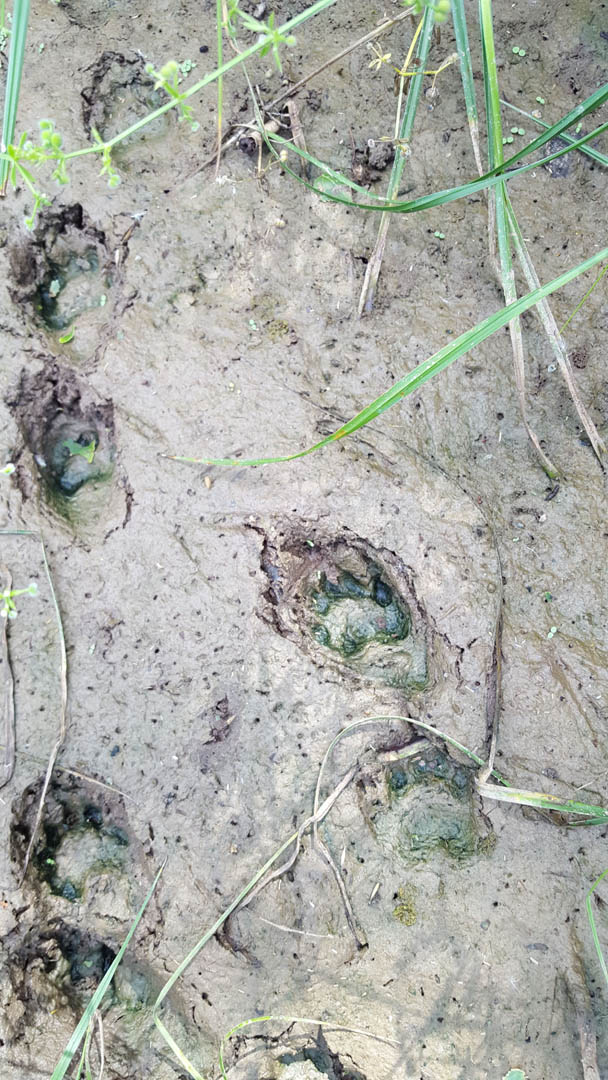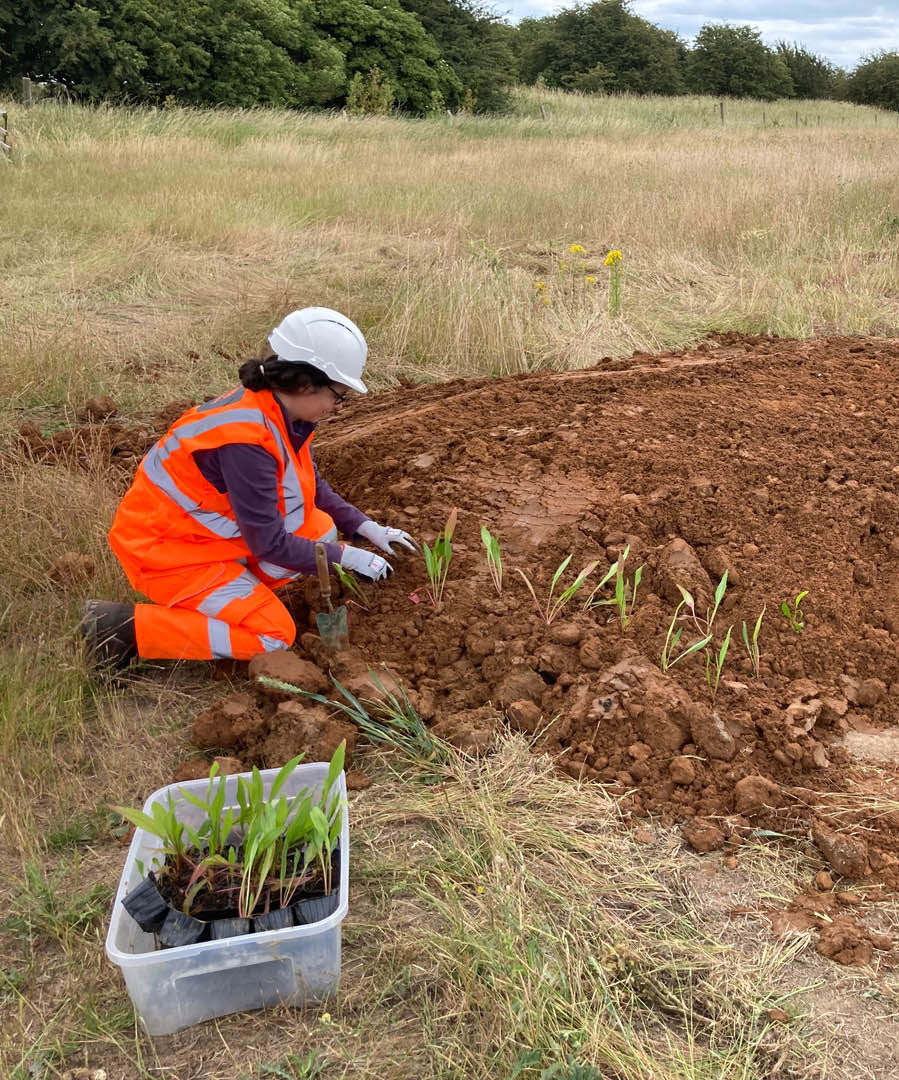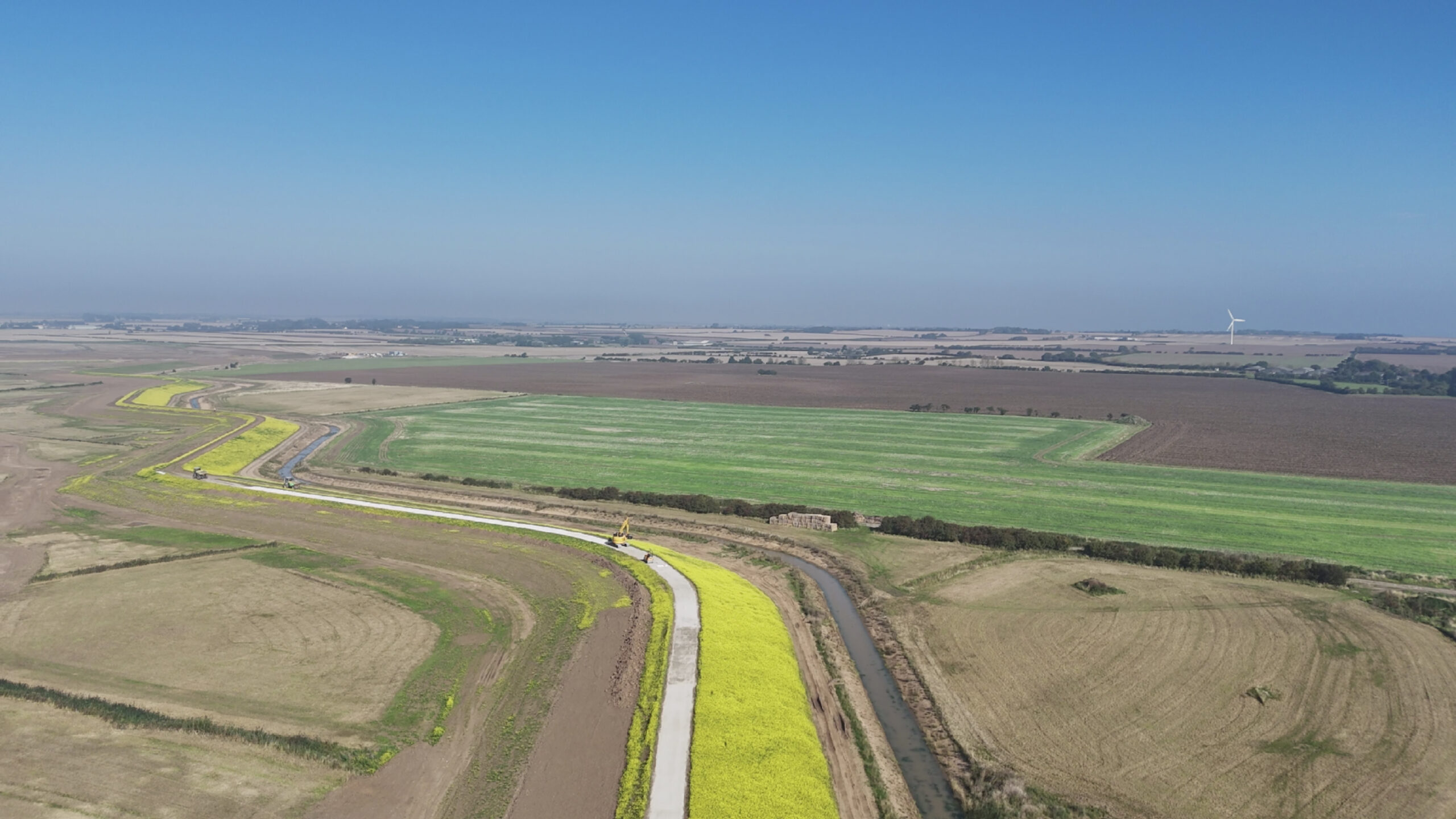Working collaboratively with a range of partners and stakeholders, we provided the detailed design and implementation for large scale habitat creation as part of this managed realignment scheme. Over 175 hectares of new intertidal habitat and supporting freshwater wet grassland will ensure that the unique environment of the Humber Estuary can be preserved and protected for future generations.
- Client Environment Agency
- Location Skeffling, Humber Estuary
- Wider team and stakeholders JBA Bentley, ABP, Natural England, Wildlife Trust, Wetlands Trust, RSPB, local councils and naturalist groups
- Services
Enabling improved flood resilience with large-scale habitat creation
The Humber Estuary is recognised as one of the most important estuaries for wildlife in Europe. It is protected as a site of nature conversation under national and international legislation and any habitat lost due to human interventions must be replaced with compensatory habitat, under the requirements of the Habitats Regulations.
However, the building of new flood defences in Hull and around the estuary, along with rising sea levels, has resulted in the loss of and degradation of habitats.
This managed realignment scheme involves building a new embankment further inland and then breaching the old embankment. As a result, seawater can enter through the breach enabling the creation of new intertidal habitats for a wide range of species, including rare and endangered birds. These intertidal mudflats and saltmarsh will play a vital role in the functioning of the estuary’s ecosystem.
Integrated working to manage ecological constraints
Due to the highly environmentally sensitive nature of the site, collaborative working between the engineering and environmental teams was necessary to ensure ecological constraints were effectively managed. This included large exclusion zones, restricted working windows and the implementation of mitigation strategies for a number of species including Marsh Harrier, Water Vole, Badger and reptiles.
We also attempted an innovative technique for the translocation of Sea Aster Mining Bee colonies, to mitigate potential impacts on the existing colonies. This involved providing artificial nesting substrate in sand-filled boxed, and moving these before the bees emerged from hibernation into areas of newly created habitat.

Delivering multiple benefits to the environment and local communities
In addition to habitat creation, this project will improve flood protection for local communities and enable future flood protection for 400,000 residents living in the Humber flood-plain. Once the project is complete the site will also provide a number of bird hides/viewing points and footpaths for visitors to enjoy the area's wildlife.
Various community engagement events and STEM sessions with a local primary school on archaeological discoveries made in the area have ensured community support for the scheme. We have also engaged with a local higher education college in relation to the design of bird hides/viewing points for the site.


For more information about this project, click here to read the Environment Agency project overview.





